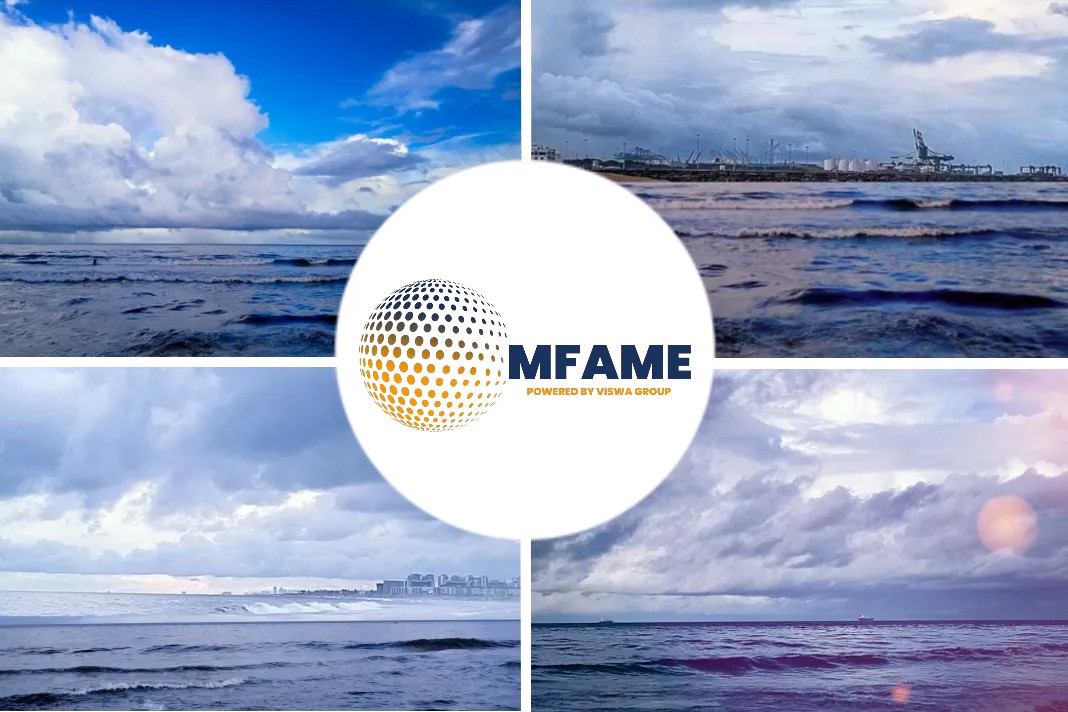
Eaglestar reports that the adoption of alternative fuels faces a major challenge in terms of cost, as highlighted by a Seatrade Maritime news source.
The pricing difference
Eaglestar has been one of the frontrunners in operating LNG dual-fuel tankers for MISC tanker company AET.
Speaking to Seatrade Maritime News at the Langkawi International Maritime & Aviation exhibition, Capt Peter Liew, Managing Director/CEO of Eaglestar, noted the technology for LNG-fuelled ships had been around many years with LNG carriers using it as a fuel as well as carrying it as a cargo.
The company started managing its first LNG dual-fuel aframaxes for AET in 2017 and was able to gain from the experience of its parent in the operation of LNG carriers. While Capt Liew admits there some teething issues he says they are very comfortable operating such dual fuel vessels today.
13 LNG dual-fuel tankers
In total Eaglestar now manages 13 LNG dual-fuel tankers, and will take delivery of further three VLCCs in the next year or so.
However, even though the vessels can be powered by LNG and have crew fully trained to do so this does not mean that it is actually being used a fuel to the huge price difference with conventional fuels.
“The biggest challenge today is on the price of LNG compared to conventional fuel,” he stated.
The price of LNG skyrocketed following the Russian invasion of Ukraine making its use as maritime uneconomical for dual-fuel vessels. At the end of April Capt Liew said just two of its 13 dual-fuel tankers were using LNG as a fuel, although this number has started to increase over the last month as the price has come down.
This could take the form of a carbon tax, carbon levy or other instruments to reduce the price gap. Capt Liew said that most importantly it has to be applied sustainably and equitably across the industry.
Impact of the price gap
Looking at the impact of the price gap he takes the case of ammonia as a fuel, which MISC is developing as part of the Castor Project. “Even if green ammonia is available today, and the technology is available today, one will be wondering whether people will be burning ammonia fuel, because it’s so expensive compared to conventional fuel, and nothing is stopping conventional fuel being used. So, what is the motivation for the owners?” he asks.
“In my opinion, the greatest challenge is not so much the technologies, it’s not so much about the availability of the greener field, it is the price difference.”
In terms of operating dual-fuel vessels whether they be LNG, methanol, ammonia, or another fuel, additional training of seafarers is an absolute must. “There is no shortcut, you have to train your crew and reskill them,” Capt Liew stated.
As to whether experience in operating LNG dual-fuel vessels will help with the move to other types of alternative fuel he said it would help to some extent but there would still be specific training requirements. “It does help a little bit, but additional training is still required as the properties of ammonia are totally different from LNG.”
Did you subscribe to our Newsletter?
It’s Free! Click here to Subscribe!
Source: Seatrade Maritime


























